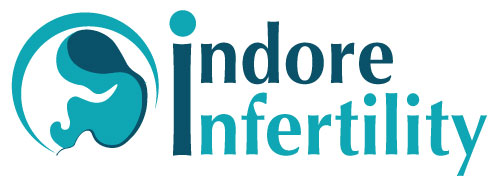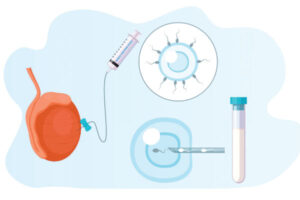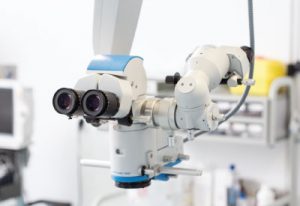
What parameters does a Semen Analysis Report Assess?
A routine Semen Analysis done at any standard laboratory aims to assess the following parameters:
- Volume of semen
- Count and Concentration of Sperms present in semen
- Vitality (Percentage of sperms that are alive in the semen)
- Motility ( Percentage of sperms that swim forward at optimum speed)
- Morphology (Percentage of Good Quality Sperms)
What is the normal range or value of Semen parameters?
Volume :
Lower range of Semen Volume is 1.5 ml.
Sperm Count and Concentration:
Sperm Count or the Total Sperm Count is the total number of sperms (in Millions) present in the sample provided (Ejaculate). Sperm Concentration is the standard unit of measuring concentration of sperms in Millions per mL. The normal value of Sperm concentration is anything greater than 15 Million per mL. Total Sperm Count is Sperm Concentration multiplied by the Total Volume of Semen. The normal range of Total Sperm Count is 39 Million sperms or above.
Motility:
Main job of sperm is to swim and travel forward so that it can reach the Fallopian tubes in time and fertilize an ovulated oocyte. Motility of sperm is measured in terms of two types of swimming pattern:
- PROGRESSIVE MOTILITY – Sperms swimming in mostly a straight line or large circles.
- NON PROGRESSIVE MOTILITY – Sperms that do NOT travel in straight line or swim in very small circles.
For sperms to swim through the cervical mucus in order to fertilize an oocyte, they need to have a progressive motility of minimum 25 micrometers per second. However standard semen analysis does NOT measure the motility of sperms in terms of it’s speed, it instead gives a percentage of sperms that have progressive motility.
Sperms with poor motility or Asthenozoospermia is diagnosed when less than 32 percent of the sperm are able to move efficiently in forward direction.
Vitality :
Vitality is a measure of sperms alive in the ejaculate. In normal semen sample, it is expected that sperm vitality is greater than 58 percent. Meaning 58% or more sperms in the sample are alive.
Morphology :
Morphology of sperm is an assessment of percentage of good quality sperms present in a sample. A normal sperm is said to have specific shape of head, size of mid piece and tail. It has got some specific morphological characteristics that needs to be assessed in order to term it as a normal sperm. As per the WHO Criteria described in 2010, a semen sample is considered morphologically normal if 4% or more of the sperms present in it have normal morphology.
How many days of abstinence is advised?
Abstinence period before sample collection is between two to seven days. Abstinence less than two days may be advised in case the previous semen analysis reported Necrozoospermia.
A short video comparing different types of Semen Sample.
What does the following term on the report mean?
Normozoospermia :
Normozoospermia indicates that the analysed semen has all parameters like volume, vitality, count, concentration, motility and morphology that lies within normal range as per the WHO Reference Values 2010.
Oligozoospermia :
This indicates that the analysed semen has abnormally low number of sperms in the provided sample. i.e the Concentration of sperms is less than 15 Million per mL. Oligozoospermia is the presence of an abnormally low number of sperm in a semen sample. It may be advisable to repeat the semen analysis after sufficient abstinence in order to confirm the report of Oligozoospermia. There are various treatment options like IUI and ICSI that can be tried for such patients.
Teratozoospermia:
Presence of less than 4% Normal Form of Sperms in an ejaculate is considered as Teratozoospermia. Several treatment options can be considered for such samples. ICSI being the most successful as in ICSI the best morphology sperms can be selected and micro-injected into the eggs or oocytes to achieve fertilization.
Asthenozoospermia :
Asthenozoospermia indicates sample with reduced motility. As mentioned above, samples with less than 32% of progressive motility are termed as Asthenozoospermia. Complete Asthenozoospermia is lack of any motile sperm in the ejaculate. i.e. 100% Immotile sperms. This affects 1 in 5000 men.
Necrozoospermia
Is a term used to indicate absence of any living sperms in the ejaculate. Under a microscope, both immotile and dead sperms will look same, however vitality test will confirm if all the immotile sperms are dead.
OATS ( Oligoasthenoteratozoospermia )
OATS is defined as a semen sample that has very low:
- Quantity of sperms (Oligozoospermia)
- Amount of sperms with good progressive motility (Asthenozoospermia)
- Number of sperms with good shape or morphology (Teratozoospermia)
Azoospermia :
Azoospermia is a medical condition where the semen contains NO sperms.
Cryptozoospermia :
Cryptozoospermia is a condition where there are apparently no sperms found in a semen sample, however very few sperms are seen after centrifugation and extensive searching.




